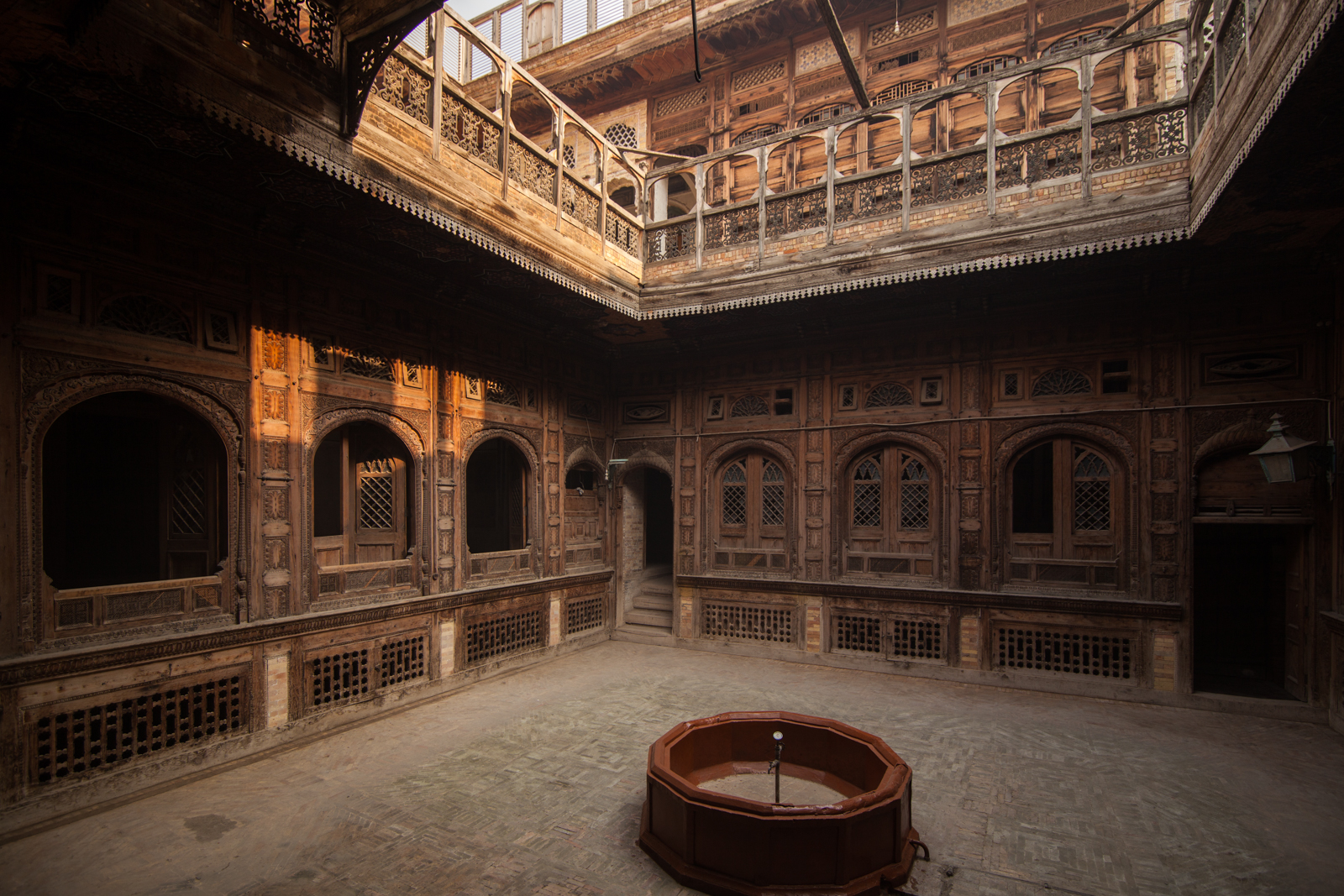
Dir Museum Chakdara
Dir museum also known as Chakdara Museum is located in Chakdara, Lower Dir, Khyber Pakhtunkhwa, Pakistan. The museum offers a fine and unique collection of Gandhara Art. The excavation in Dir started during 1966-69 by the department of Archaeology, University of Peshawar. Huge amount of antiquity was revealed During the course of excavations. To house the said antiquity, Capt. Rahatullah Khan Jaral, the then Political agent of Dir Agency, proposed the construction of Dir museum and allocated 0.25 million rupees for its completion. Later, the provincial government allocated a sum of 0.49 million for the construction of boundary wall, residential quarters, guest house, storage and other facilities in museum. Dir museum is based on history of Dir which is most important both historically and culturally.On the basis of archaeological evidences, the history goes back to the 2nd millennium BC. The museum building was designed by Mr. Saidal Khan, Consultant Architect of Khyber Pakhtunkhwa. Public Works Department. The designer, while designing the museum, kept the local style of architecture in mind and constructed it of bare stone, called Malakandi stone, an architectural element common in the area and reflecting the strength and dynamism of the locals. The museum has a fort like appearance with a grand facade, consisting of an arched entrance, two square corner picket-towers and battlements on the parapet. Dir museum has a total collection of 2161 objects, with more than 1444 Gandharan pieces. The collection of this section includes the themes of Buddha's pre-birth and life stories, miracles, worship of symbols, relic caskets and individual standing Buddha sculptures. The most represented pre-birth stories or Jatakas are Dipankara, Maitryakanyaka, Amara, Syama and Visvantara Jatakas. The most important scenes from the Buddha Life Story includes Queen Maya's dream, interpretation of the dream, birth of Siddhartha, bath scene, seven steps, going to school, writing lessons, wrestling matches, palace life, marriage scene, renunciation, great departure, ascetic life, first meditation, demons attacks, attaining enlightenment, first sermon at Sarnath, conversion of Kasyapa, monks, death scene, cremation of Buddha, distribution and guarding of relics and the construction of stupas on the relics. The miracle of Sravasti and taming of a wild elephant are the two commonly represented miracles in the museum collection. Different types of the relic caskets, stupa models and life-size Buddha statues also make part of the collection. The Hall of Tribes or the Ethnological Gallery of the museum was established in 1977 with 498 objects and includes manuscripts, weapons, jewelry, dresses, ceramics, musical instruments, household objects, furniture and wooden architectural elements.